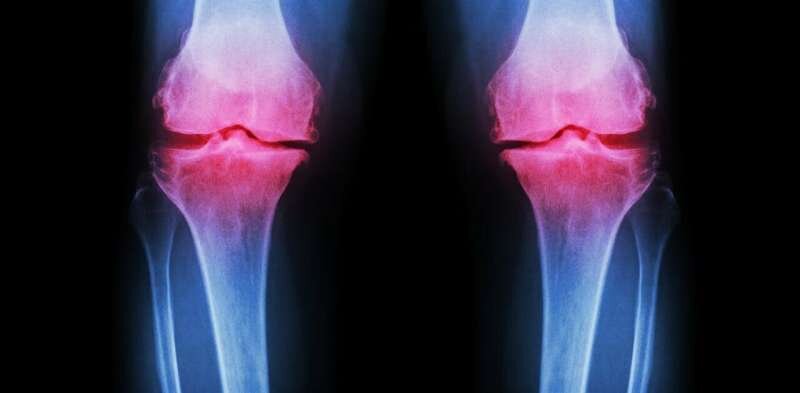Intranasal Delivery of CRISPR-Cas9 Edited HEXA Gene to Treat Tay Sachs Disease in Newborn HEXA/NEU3-Deficient Mice

Intranasal Delivery of CRISPR-Cas9 Edited HEXA Gene to Treat Tay Sachs Disease in Newborn HEXA/NEU3-Deficient Mice
par Alexandra Katz, Lily Puterman Salzman, Mara De Carolis, Phillip Yin
Faculté de médecine, Université de Montréal
Tay Sachs disease (TSD) is a rare neurodegenerative disease caused by a mutated HEXA gene [1]. The HEXA gene codes for the alpha subunit of β-hexosaminidase A, an enzyme which helps degrade GM2 gangliosides. Individuals with TSD cannot produce this enzyme, resulting in accumulation of GM2 gangliosides in neuronal cells and, subsequently, cognitive impairments and premature death [2]. Current treatments focus on symptom relief, as no cure exists. Ou et al. injected neonatal Sandhoff mice with altered human β-hexosaminidase in sufficient quantities to cross the blood-brain barrier (BBB), which reduced GM2 ganglioside levels and improved motor memory [3]. Additional research also showed the potential use of intranasal sprays to bypass the BBB when administering therapeutic agents for other CNS diseases in mice [4]. We propose an intranasal delivery of a functional CRISPR-Cas9-edited HEXA gene into HEXA/NEU3-deficient mice, which exhibit similar symptoms to humans with TSD. We suggest a lentiviral transduction strategy, as some intranasal gene therapies generate overexpression of the HEXA gene, creating genotoxicity in neurons. This technique has been successfully used to transfect CRISPR-Cas9 machinery into human nasal airway epithelial cells with high efficiency and low toxicity, rectifying this undesirable off-target effect [3,5]. Using LC-MS/MS analysis to measure GM2 ganglioside abundance and rotarod analysis to assess coordination and motor memory, we hypothesize this treatment will restore functional β-hexosaminidase A enzyme activity in newborn HEXA/NEU3-deficient mice. This novel multi-omics approach will further the understanding of TSD treatment in mice and present potential advances in TSD therapies.
Key words: Tay Sachs disease, CRISPR/cas9, intranasal, neurodegeneration, gene therapy
Références
1. Vu, M., Li, R., Baskfield, A., Lu, B., Farkhondeh, A., Gorshkov, K., Motabar, O., Beers, J., Chen, G., Zou, J., Espejo-Mojica, A. J., Rodríguez-López, A., Alméciga-Díaz, C. J., Barrera, L. A., Jiang, X., Ory, D. S., Marugan, J. J., & Zheng, W. (2018). Neural stem cells for disease modeling and evaluation of therapeutics for Tay-Sachs disease. Orphanet journal of rare diseases, 13(1), 152. https://doi.org/10.1186/s13023-018-0886-3
2. Solovyeva, V. V., Shaimardanova, A. A., Chulpanova, D. S., Kitaeva, K. V., Chakrabarti, L., & Rizvanov, A. A. (2018). New Approaches to Tay-Sachs Disease Therapy. Frontiers in physiology, 9, 1663. https://doi.org/10.3389/fphys.2018.01663
3. Ou, L., Przybilla, M. J., Tăbăran, A. F., Overn, P., O'Sullivan, M. G., Jiang, X., Sidhu, R., Kell, P. J., Ory, D. S., & Whitley, C. B. (2020). A novel gene editing system to treat both Tay-Sachs and Sandhoff diseases. Gene therapy, 27(5), 226–236. https://doi.org/10.1038/s41434-019-0120-5
4. Belur, L. R., Temme, A., Podetz-Pedersen, K. M., Riedl, M., Vulchanova, L., Robinson, N., Hanson, L. R., Kozarsky, K. F., Orchard, P. J., Frey, W. H., 2nd, Low, W. C., & McIvor, R. S. (2017). Intranasal Adeno-Associated Virus Mediated Gene Delivery and Expression of Human Iduronidase in the Central Nervous System: A Noninvasive and Effective Approach for Prevention of Neurologic Disease in Mucopolysaccharidosis Type I. Human gene therapy, 28(7), 576–587. https://doi.org/10.1089/hum.2017.187
5. Chu, H. W., Rios, C., Huang, C., Wesolowska-Andersen, A., Burchard, E. G., O’Connor, B. P., Fingerlin, T. E., Nichols, D., Reynolds, S. D., & Seibold, M. A. (2015). CRISPR–Cas9-mediated gene knockout in primary human airway epithelial cells reveals a proinflammatory role for MUC18. Gene Therapy, 22(10), 822–829. https://doi.org/10.1038/gt.2015.53
Image de couverture : https://patienttalk.org/tay-sachs-disease-signs-and-symptoms/





